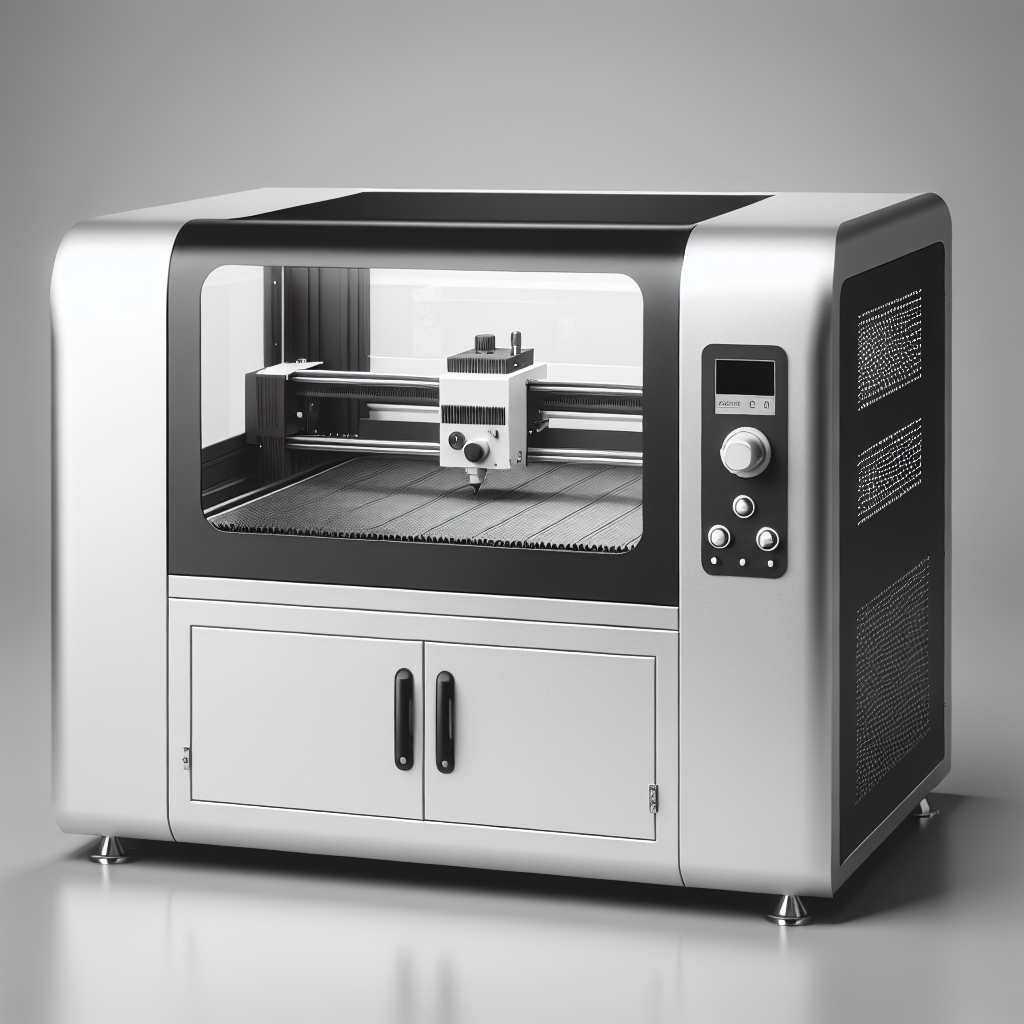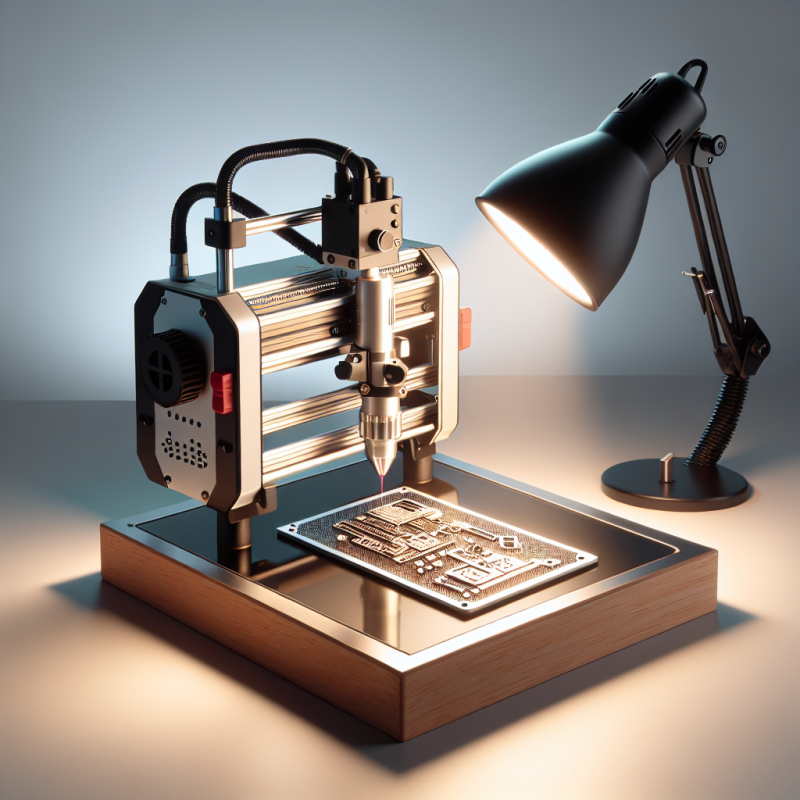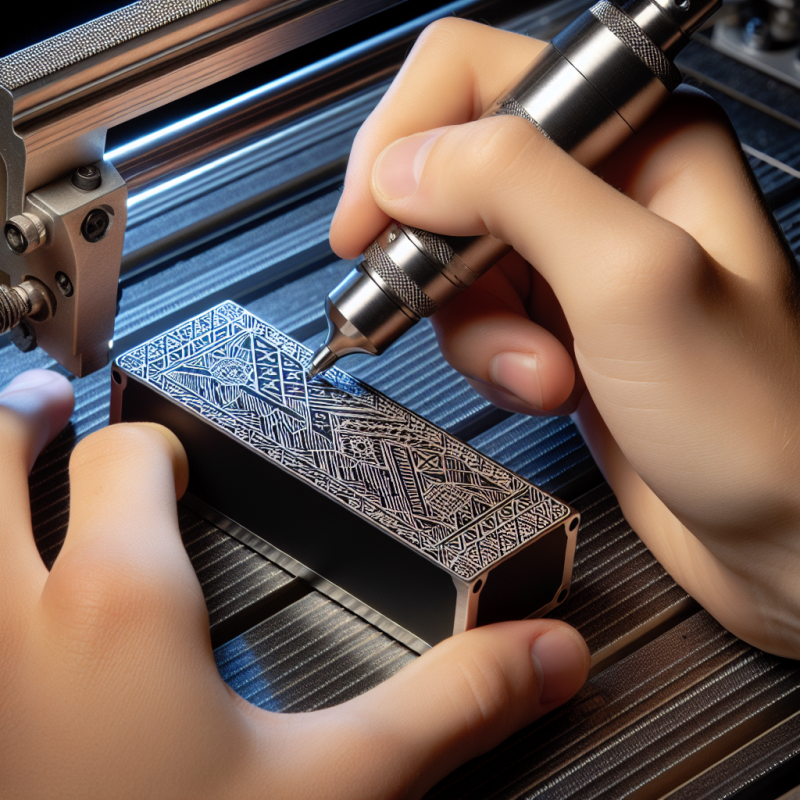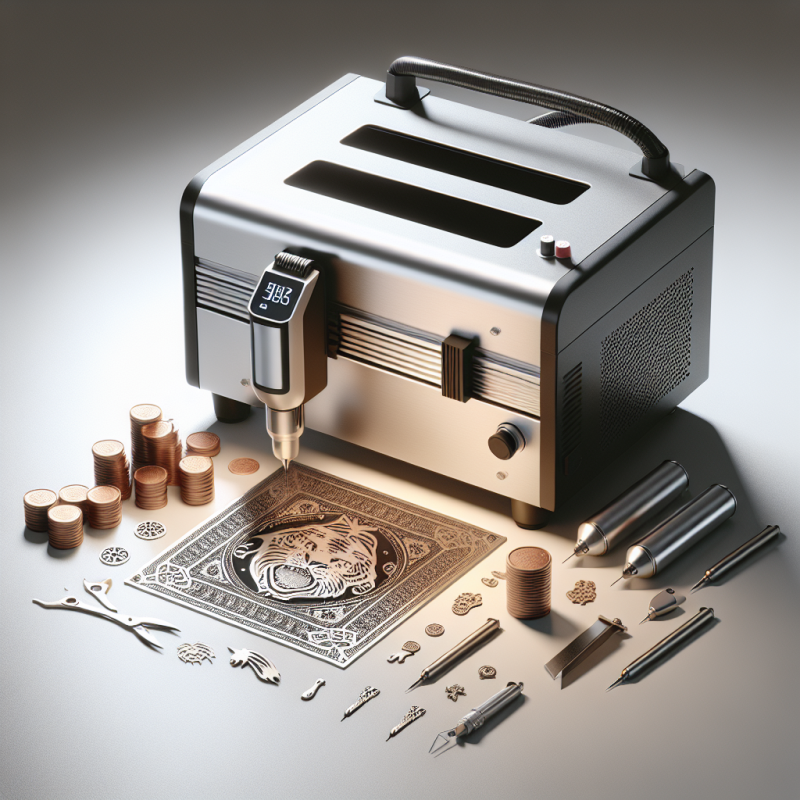Exploring Engraving Fiber Lasers: Applications and Advantages
Engraving fiber lasers have revolutionized the way we approach precision cutting and engraving in various industries. These advanced tools are widely used for their ability to create intricate designs, patterns, and text on a wide range of materials, including wood, metal, plastic, and more. In this article, we will explore what an engraving fiber laser is, its applications, advantages, and how it can benefit your projects. Let’s dive in!
What Is an Engraving Fiber Laser?
An engraving fiber laser is a type of laser cutting machine designed specifically for precision engraving and cutting tasks. Unlike traditional methods that rely on mechanical tools, fiber lasers use focused light beams to etch or cut materials with incredible accuracy. The engraving fiber laser is known for its high-speed performance, minimal material waste, and ability to work on a variety of surfaces without causing damage or discoloration.
The technology behind fiber lasers involves the use of optical fibers to generate and amplify light beams. These beams are then focused onto the material being engraved, creating precise cuts or engravings with sub-millimeter accuracy. This makes them ideal for industries that require high precision, such as jewelry making, woodworking, and metal fabrication.
Applications of Engraving Fiber Lasers
Engraving fiber lasers have a wide range of applications across various sectors. Here are some of the most common uses:
- Jewelry Making: Creating intricate designs on precious metals like gold, silver, and platinum.
- Woodworking: Etching decorative patterns or text onto wooden surfaces for furniture, flooring, and decorative items.
- Metal Engraving: Marking serial numbers, logos, or custom designs on metal components for industrial or aesthetic purposes.
- Glass and Ceramic Cutting: Precision cutting of glass sheets or ceramic tiles without causing cracks or chipping.
- Fabric and Leather Engraving: Etching designs onto fabric or leather for custom clothing, accessories, or upholstery.
The versatility of an engraving fiber laser makes it a valuable tool for both small-scale artisans and large industrial manufacturers. Its ability to work on multiple materials ensures that it can adapt to diverse project requirements.
Advantages of Using an Engraving Fiber Laser
There are several advantages to using an engraving fiber laser over traditional methods:
- Precision and Accuracy: The focused light beams ensure that engravings or cuts are made with extreme precision, resulting in clean and professional finishes.
- Speed: Fiber lasers operate at high speeds, significantly reducing production time compared to manual or mechanical methods.
- Minimal Material Waste: Since the laser beam is highly focused, there is minimal material wastage during cutting or engraving.
- Versatility: The ability to work on multiple materials makes it suitable for a wide range of applications.
- Cost-Effective: Despite the initial investment, fiber lasers offer long-term cost savings due to their durability and low maintenance requirements.
These advantages make engraving fiber lasers a popular choice among businesses looking to enhance efficiency and quality in their production processes.
Choosing the Right Engraving Fiber Laser
When selecting an engraving fiber laser, it’s important to consider your specific needs and budget. Factors such as the type of material you’ll be working with, the desired level of precision, and the scale of your projects should all influence your decision.
For example, if you’re primarily working with wood or plastic, a lower-powered laser may suffice. However, for metal engraving, a higher-powered laser is typically required to achieve the desired results. Additionally, consider the machine’s compatibility with software and its ease of use. Many modern engraving fiber lasers come with user-friendly interfaces and advanced software for designing and controlling your projects.
Frequently Asked Questions (FAQs)
If you’re new to engraving fiber lasers, you may have several questions. Here are some common ones:
- How does an engraving fiber laser work? The laser generates a focused beam of light that is directed at the material, causing localized melting or vaporization for cutting or engraving.
- Can it work on all materials? While fiber lasers are versatile, their effectiveness depends on the material’s properties. Some materials may require specific settings or adjustments.
- Is it safe to use? Yes, when used with proper safety precautions and equipment, such as protective eyewear and ventilation systems.
Conclusion
An engraving fiber laser is a powerful tool that offers precision, versatility, and efficiency for a wide range of applications. Whether you’re working in jewelry making, woodworking, or metal fabrication, investing in an engraving fiber laser can significantly enhance your project outcomes and production capabilities. By understanding its features, applications, and benefits, you can make an informed decision and unlock new possibilities for your creative or industrial projects.
If you’re ready to take your engraving and cutting projects to the next level, consider exploring the options available in the market today. Happy creating!











